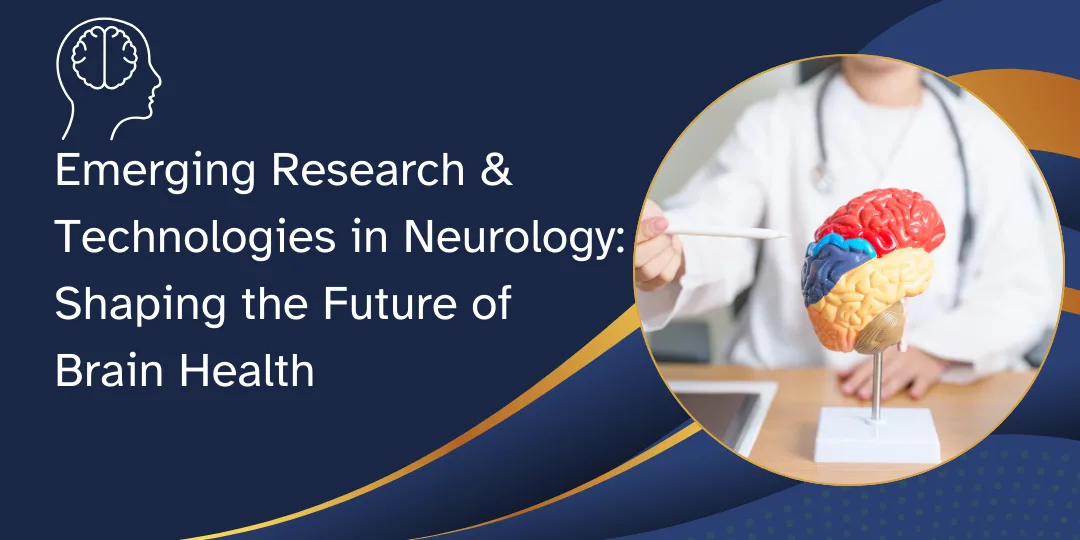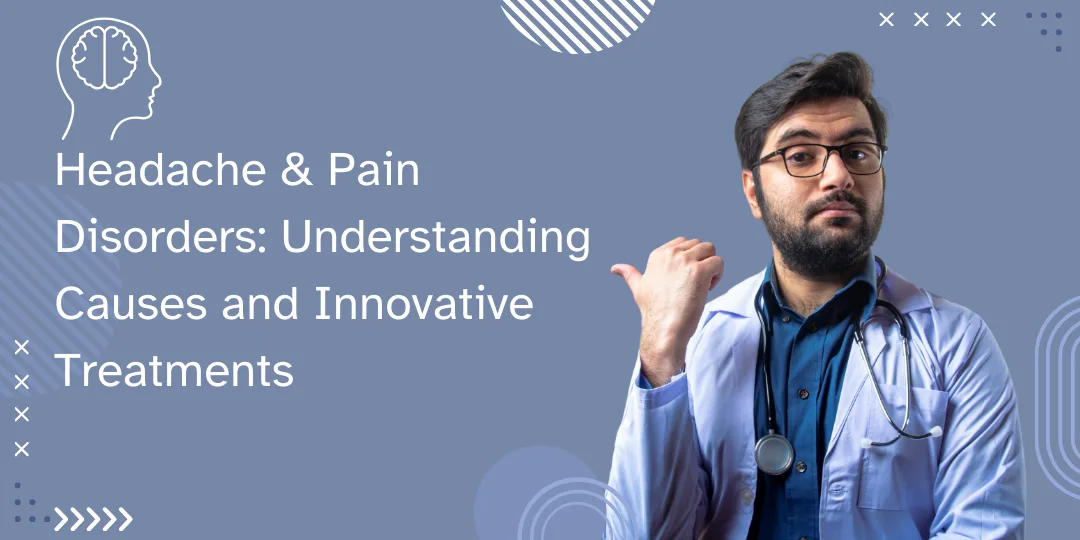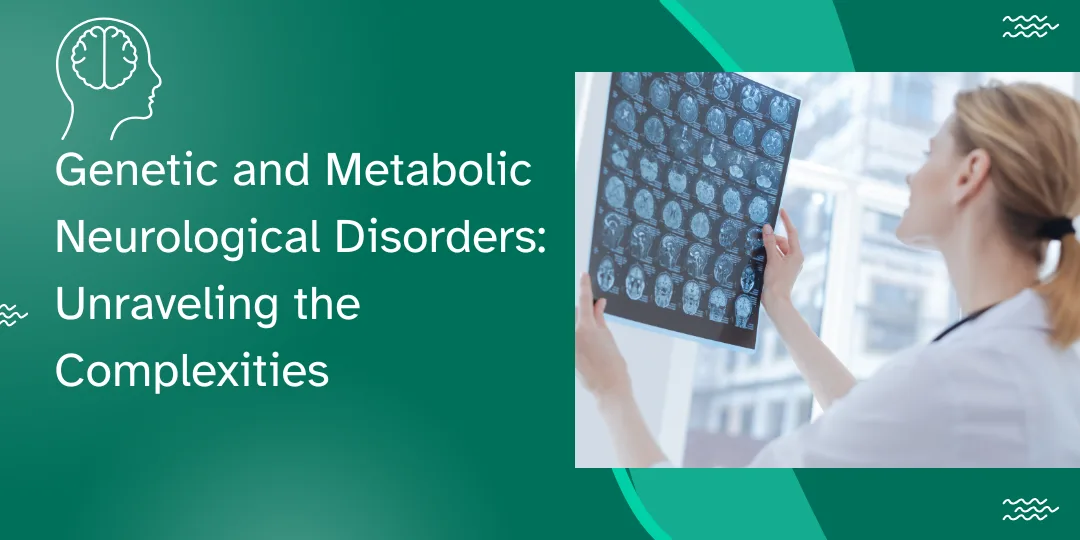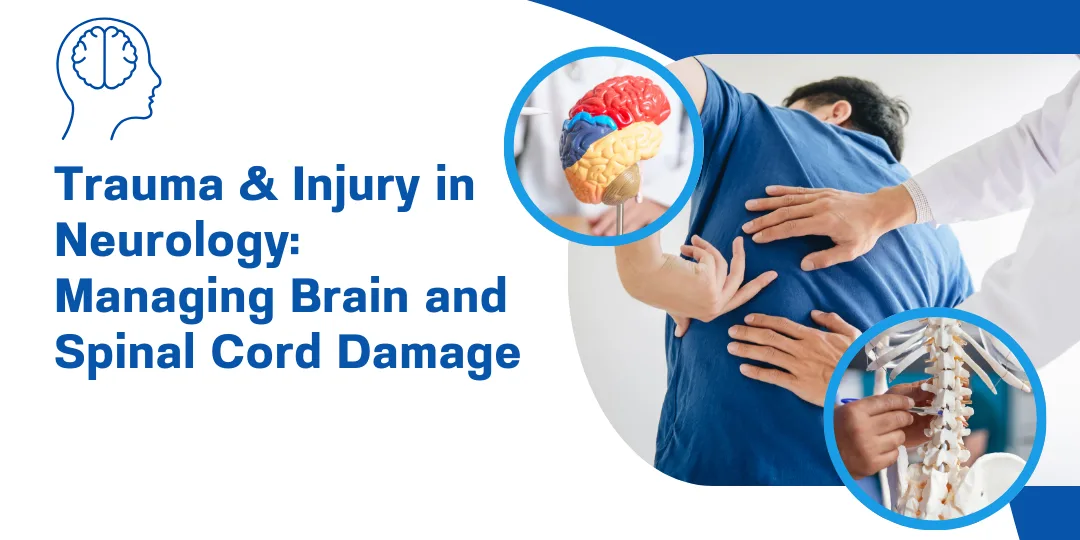The field of neurology is witnessing remarkable advancements in diagnostic and therapeutic approaches, enabling earlier detection, more precise treatments, and improved outcomes for patients with neurological disorders. In this expanded blog post, we’ll explore cutting-edge tools like neuroimaging, lumbar puncture, and neurorehabilitation, and their transformative impact on neurological care.
Neuroimaging Advances: fMRI, PET, and Diffusion Tensor Imaging
Neuroimaging has revolutionized the diagnosis and monitoring of neurological disorders by providing detailed insights into brain structure and function. Advanced techniques like functional MRI (fMRI), positron emission tomography (PET), and diffusion tensor imaging (DTI) are at the forefront of this progress.
Key Applications:
- fMRI: Maps brain activity by detecting changes in blood flow, helping identify functional abnormalities in conditions like epilepsy and stroke.
- PET: Tracks metabolic activity and neurotransmitter systems, aiding in the diagnosis of Alzheimer’s disease and brain tumors.
- DTI: Visualizes white matter tracts, providing critical information in multiple sclerosis and traumatic brain injury.
Future Directions:
- Integrating AI to enhance image analysis and predictive capabilities.
- Developing portable and affordable imaging technologies for wider accessibility.
Lumbar Puncture: CSF Biomarkers in Neuroinflammatory Diseases
Lumbar puncture (LP), or spinal tap, is a critical diagnostic tool for analyzing cerebrospinal fluid (CSF). It plays a key role in diagnosing neuroinflammatory diseases like multiple sclerosis, meningitis, and autoimmune encephalitis.
Key Biomarkers:
- Oligoclonal Bands: Indicative of multiple sclerosis.
- Amyloid and Tau Proteins: Used to diagnose Alzheimer’s disease.
- Infectious Agents: Identified in cases of meningitis or encephalitis.
Advancements:
- Minimally invasive techniques to reduce patient discomfort.
- Development of novel biomarkers for early and accurate diagnosis.
Neurorehabilitation: Robotics and Virtual Reality for Motor Recovery
Neurorehabilitation is essential for restoring function and improving quality of life in patients with neurological injuries or disorders. Innovations like robotics and virtual reality (VR) are transforming traditional rehabilitation methods.
Key Technologies:
- Robotic Exoskeletons: Assist patients with spinal cord injuries or stroke in regaining mobility.
- Virtual Reality: Provides immersive environments for motor and cognitive training, enhancing engagement and recovery.
- Brain-Computer Interfaces (BCIs): Enable patients to control devices using their thoughts, aiding in communication and movement.
Benefits:
- Personalized and intensive therapy tailored to individual needs.
- Improved patient motivation and outcomes through interactive and engaging tools.













0 Comments